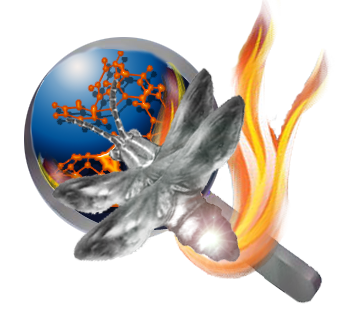How to align a translation stage
Femtosecond spectroscopy uses an ultrashort laser pulse to start a photo-chemical reaction at a well defined moment in time. A second ultrashort laser pulse can be used to visualize the ongoing photo-chemical reaction [1]. To achieve a precise timing between two laser pulses, a laser beam is usually split into two parts. One part of the beam is directed towards the experiment, the second part passes a translation stage before recombination of both beams occurs. By precisely moving the translation stage by a certain distance, the pathway is increased and laser pulses will arrive with a time delay Δt=Δx/c, where c is the speed of light.






